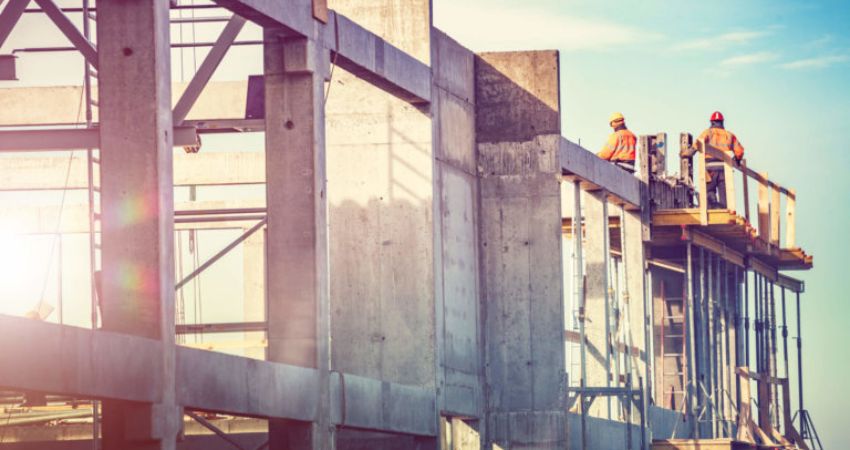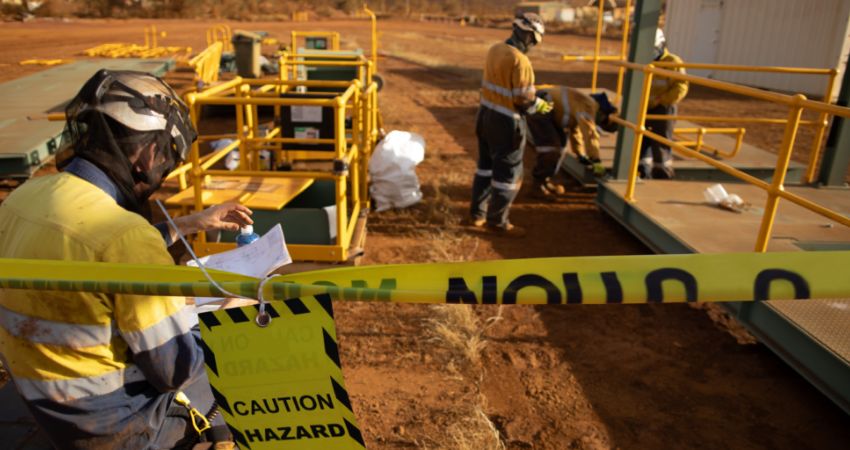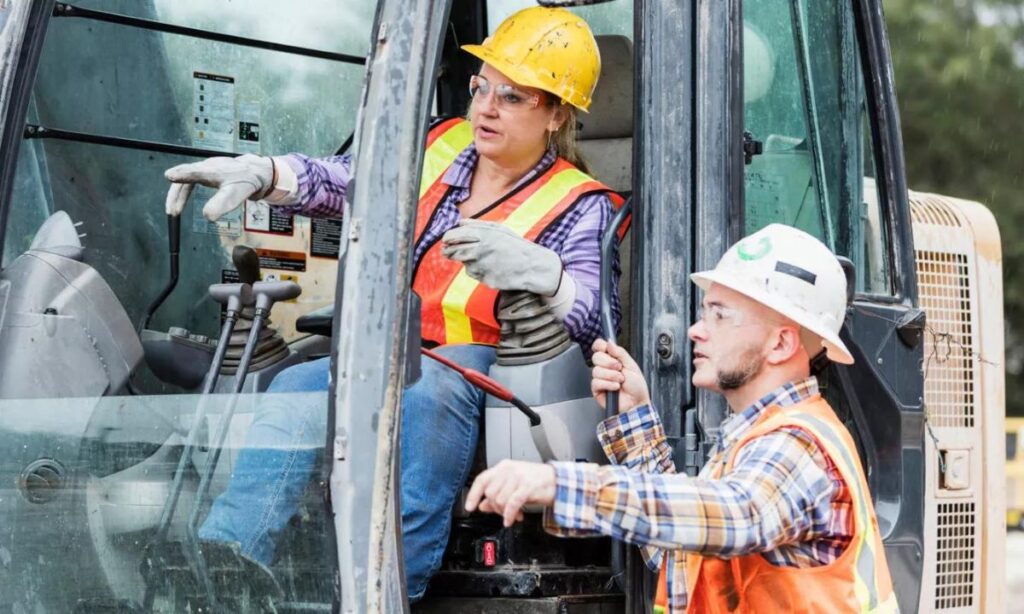Construction Site Accident Prevention Measures: Construction sites are dynamic environments where workers face various hazards daily. Implementing robust accident prevention measures is paramount to ensure the safety and well-being of workers. This comprehensive guide explores effective strategies and best practices for preventing accidents on construction sites.
Construction Site Accident Prevention Measures
Accidents at construction sites can be prevented by doing a careful risk check. This means looking for things that could be dangerous, like falling, getting shocked, being hit by something, or trenches collapsing. When we know what could go wrong, we can take steps to stop it from happening. It’s important to keep checking for new dangers and making changes to stay safe.
Preventing accidents at construction sites is really important. We do this by taking a good look around and figuring out what things might cause accidents. Some common dangers include falling from heights, getting shocked by electricity, getting hit by things like tools or machinery, or even trenches collapsing. Once we know what these dangers are, we can take specific steps to make them safer.
For example, if we see that there’s a risk of falling, we can make sure there are guardrails or safety nets in place to stop people from falling off edges. If there’s a risk of getting shocked, we can make sure all electrical equipment is properly insulated and that workers know how to use it safely. And if there’s a risk of being hit by something, we can make sure people wear helmets and high-visibility clothing, and that there are clear walkways for people and machinery to move around safely.
Regularly checking for new hazards is also really important. Construction sites are always changing, with new equipment being brought in and new work being done. This means new risks can pop up unexpectedly. By regularly updating our risk assessments, we can make sure we’re always aware of any new dangers and can take action to address them before they cause an accident.
Emphasizing Safety Training and Education

Absolutely! Let’s delve further into the significance of equipping workers with the necessary knowledge and skills for ensuring workplace safety, and why ongoing education plays a crucial role in maintaining a safe work environment.
Ensuring that workers have the knowledge and skills to identify and reduce risks is incredibly important. When workers understand the dangers they might face and how to handle them, they can work more safely, reducing the chances of accidents and injuries.
Comprehensive safety training programs cover a range of important topics. One key area is hazard recognition. This means teaching workers how to spot things that could be dangerous, like slippery floors, moving machinery, or hazardous chemicals. By knowing what to look out for, workers can take steps to avoid accidents and keep themselves safe.
Implementing Strict PPE Policies
Personal protective equipment serves as a crucial line of defense against construction site hazards. Enforcing strict PPE policies, including the use of hard hats, high-visibility clothing, gloves, and safety goggles, minimizes the risk of injuries from falling objects, machinery accidents, and exposure to hazardous materials.
Promoting Effective Communication
Good communication is super important for making sure everyone stays safe at work. This means talking to each other clearly about what’s going on and any dangers that might be around.
Having regular safety meetings and toolbox talks is a great way to share important information with everyone. These meetings are a chance to remind everyone about safety rules and make sure they know what to watch out for. Plus, using signs around the workplace can also help remind people about safety rules and hazards.
It’s also really important for workers to feel comfortable speaking up if they notice something unsafe. Encouraging an open-door policy means that workers know they can talk to their bosses or supervisors if they have any concerns about safety. This way, any problems can be fixed quickly before they become dangerous.
Enforcing Safe Work Practices
Establishing and enforcing safe work practices is essential for accident prevention. This includes implementing procedures for proper equipment maintenance, safe material handling, scaffold erection, and working at heights. Regular inspections and audits ensure compliance with safety standards.

Utilizing Technology for Safety Enhancement
Advancements in technology offer innovative solutions for enhancing safety on construction sites. Tools such as drones, wearable devices, and proximity sensors can monitor site conditions, identify potential hazards, and alert workers to danger in real-time. Embracing technology fosters a culture of safety and proactive risk management.
Prioritizing Fall Prevention Measures
Falls are one of the top reasons people get hurt or even die on construction sites. To help prevent this, it’s really important to have strong measures in place to stop falls from happening. This means things like putting up guardrails, using safety nets, and wearing special equipment that catches you if you fall. It’s also crucial to teach workers how to stay safe when they’re working up high. With the right training, workers can feel more confident and know how to protect themselves from falls.
Falls are a big concern on construction sites because they can lead to serious injuries or even death. That’s why it’s so important to have strong safety measures in place to prevent falls from happening in the first place.
One key way to prevent falls is by using things like guardrails, safety nets, and personal fall arrest systems. Guardrails are like fences that are put up around the edges of high platforms or walkways to stop people from accidentally falling off. Safety nets are like big nets that are hung under work areas to catch someone if they fall. Personal fall arrest systems are special equipment that workers wear, like harnesses and ropes, which stop them from hitting the ground if they fall.
Conducting Regular Safety Inspections
Routine safety inspections play a critical role in identifying hazards and ensuring compliance with safety regulations. Conducting daily walkthroughs, equipment inspections, and site audits allows for early intervention and corrective action. Engaging workers in the inspection process fosters a sense of ownership and accountability for safety.
Conclusion
Preventing accidents on construction sites requires a multifaceted approach that encompasses risk assessment, education, communication, and technological innovation. By implementing comprehensive accident prevention measures, construction companies can create safer work environments and protect the well-being of their workers. Emphasizing safety as a core value fosters a culture of vigilance and responsibility, ultimately reducing the incidence of accidents and injuries. Remember, safety is everyone’s responsibility, and together, we can build a safer future for the construction industry.


